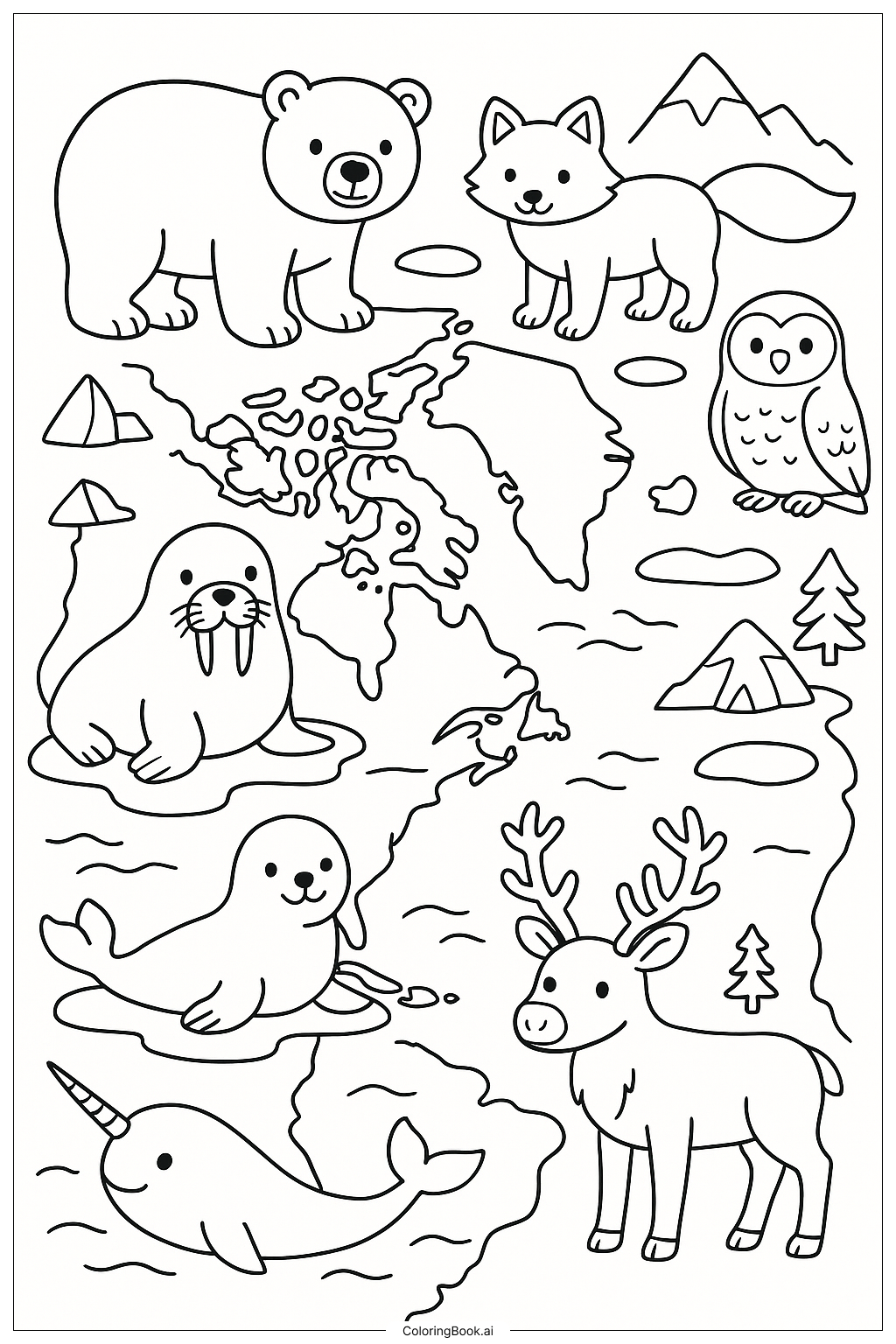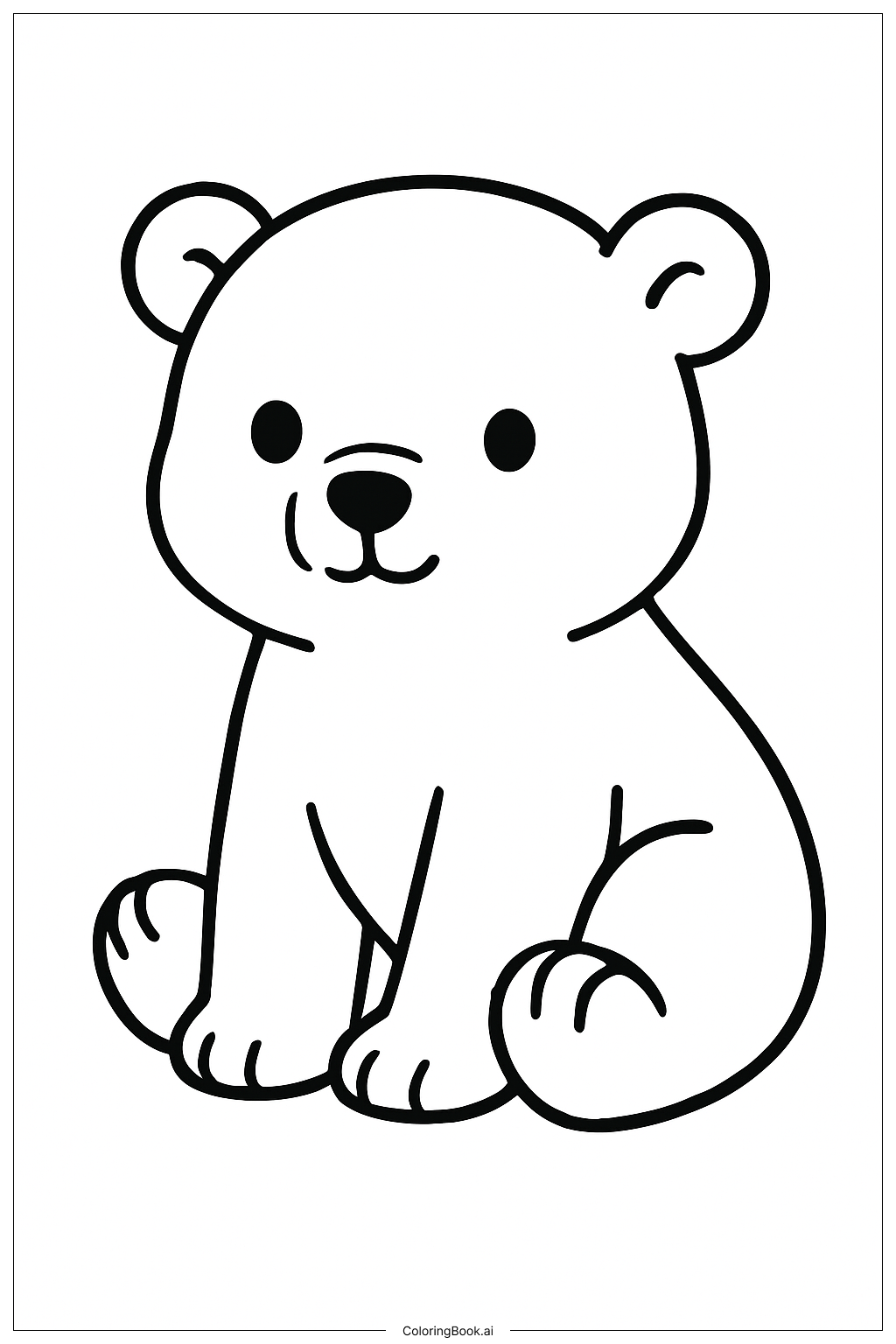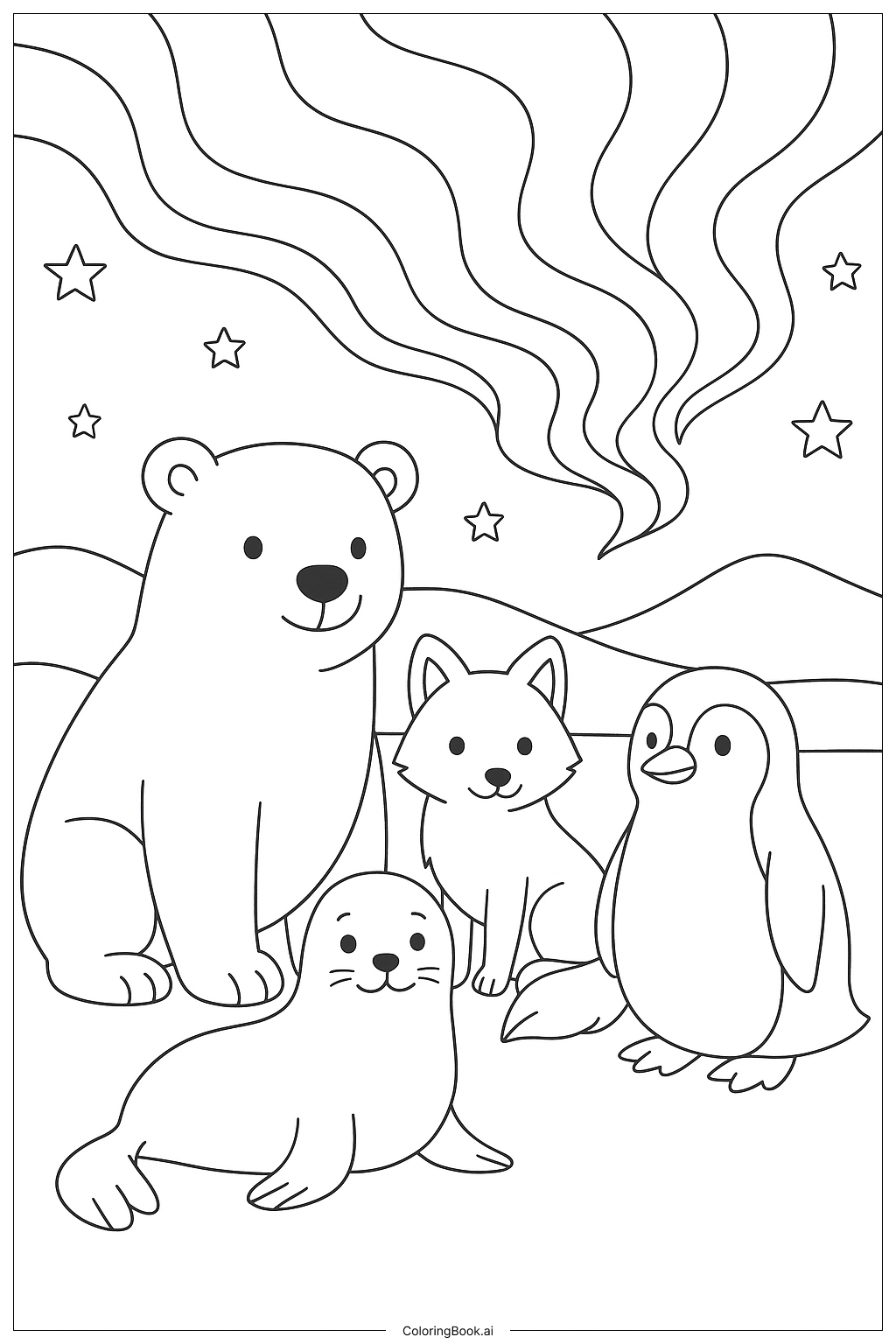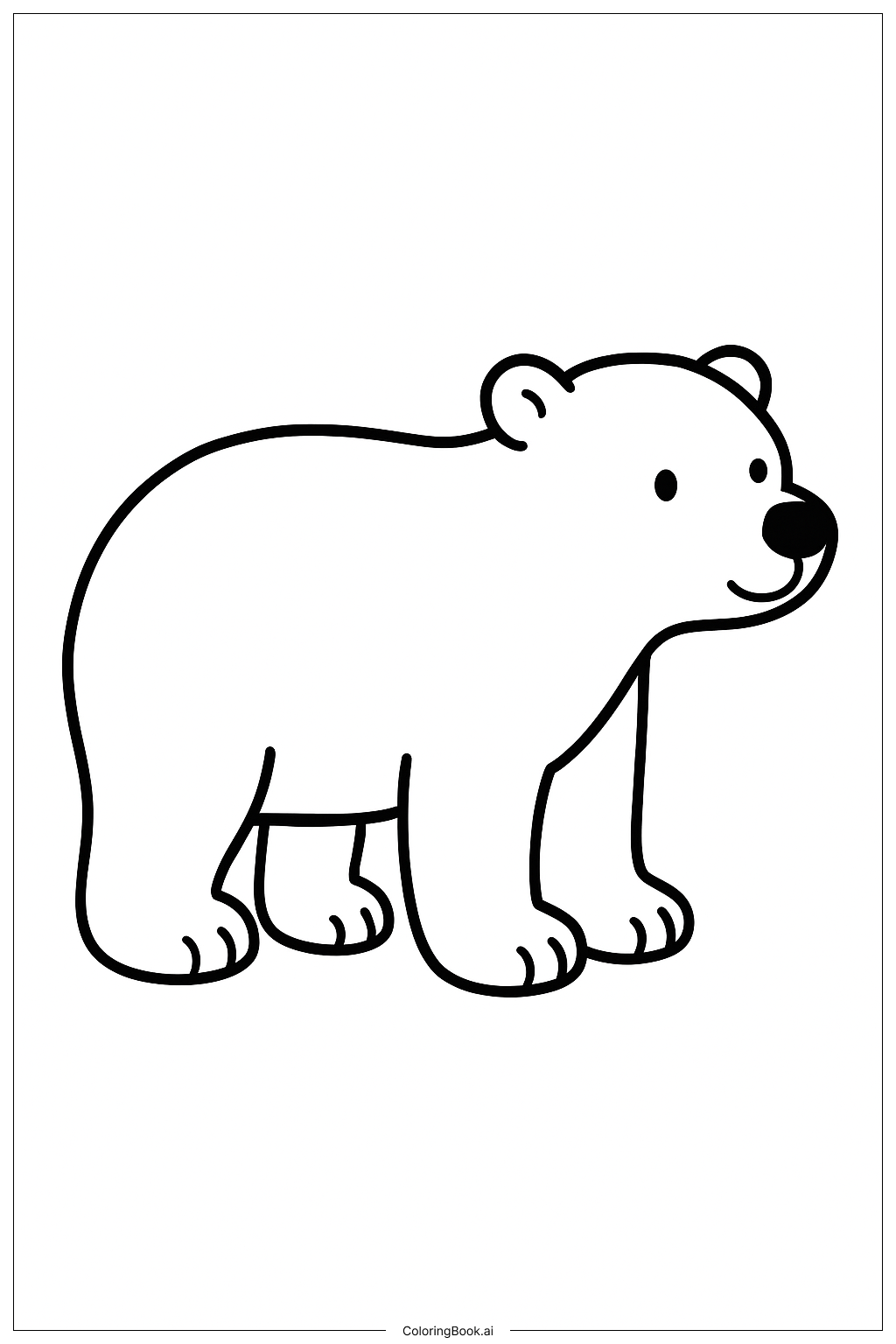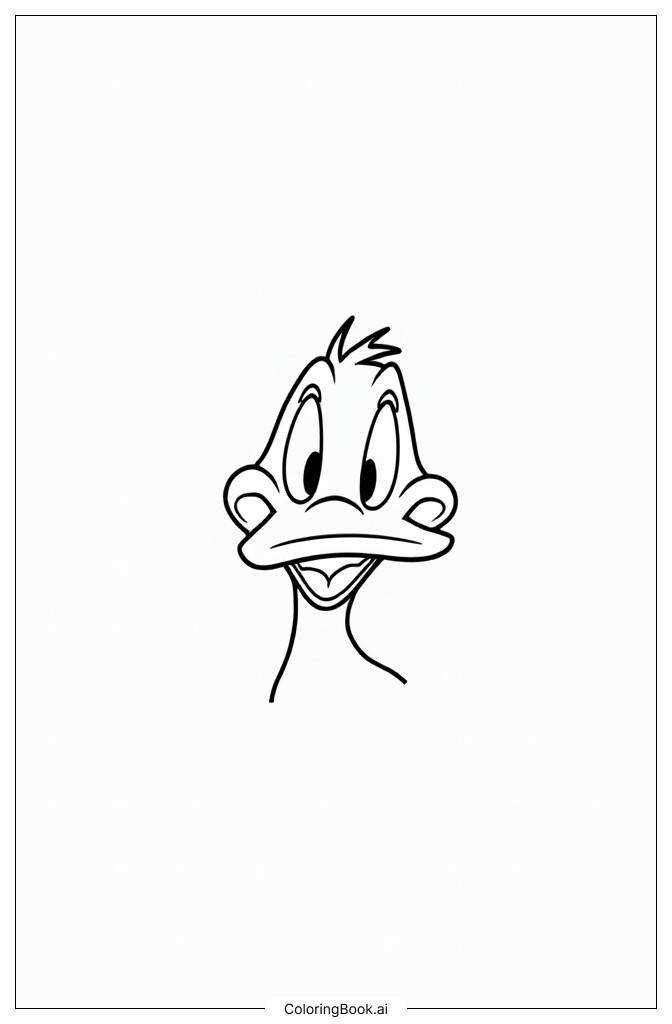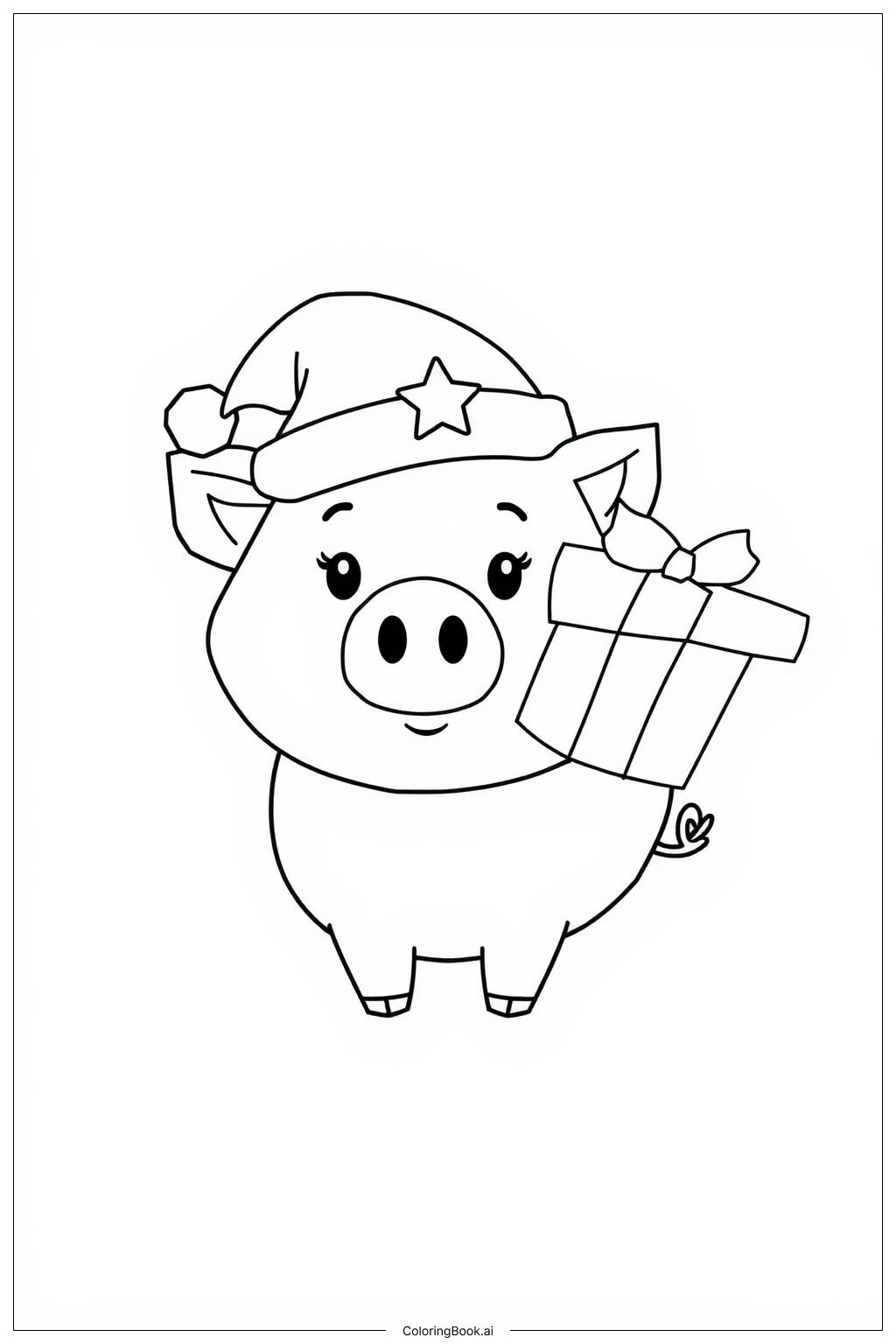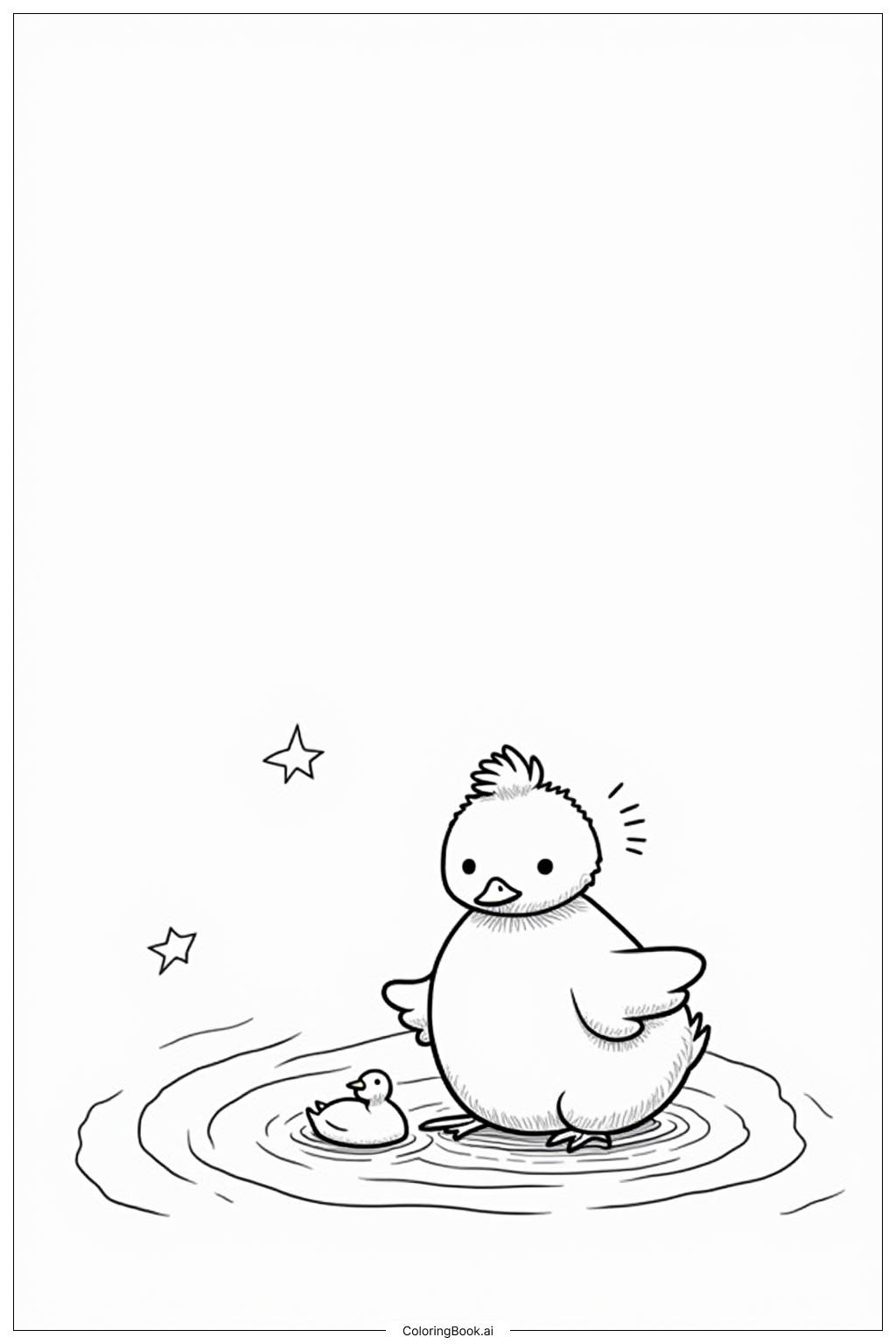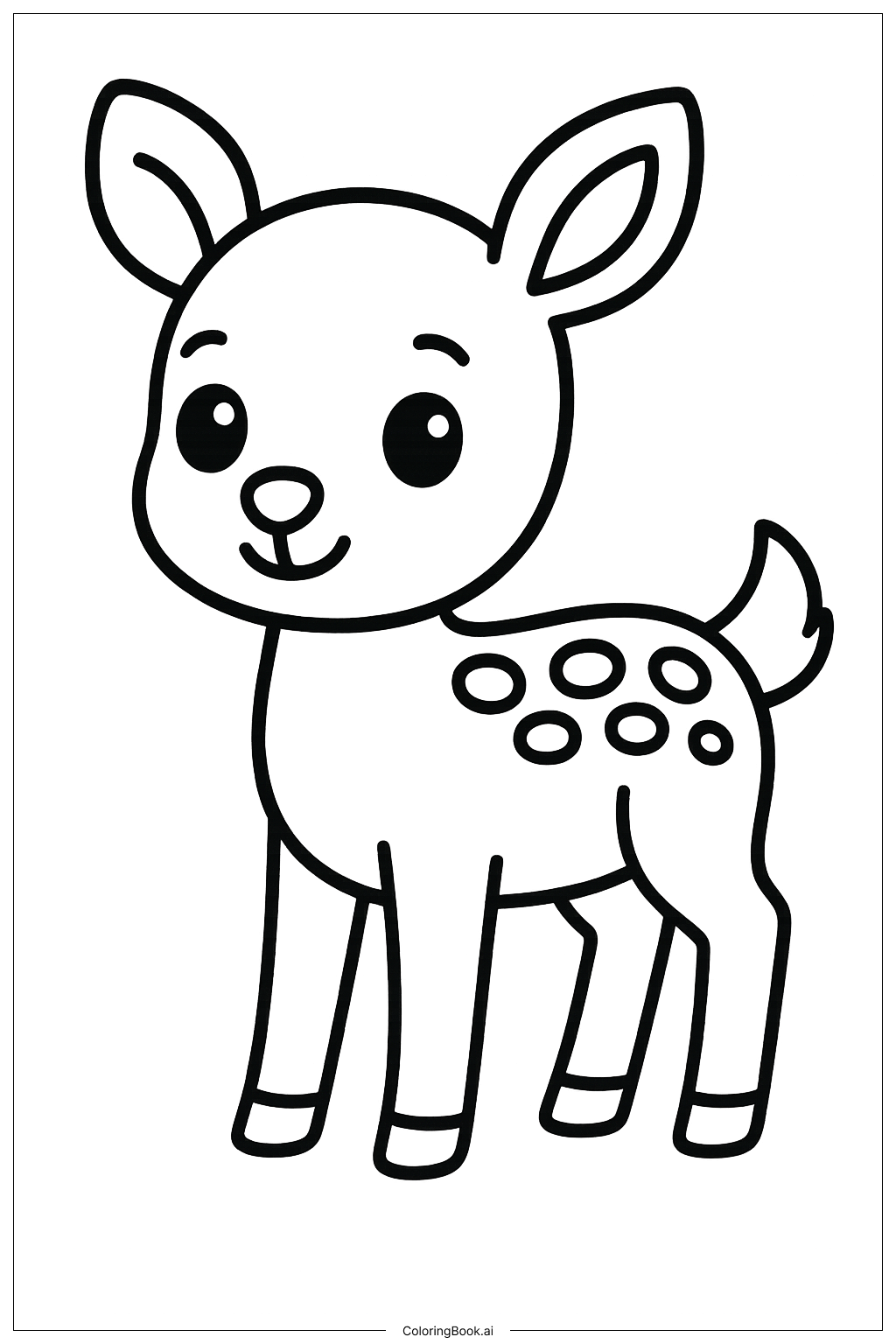Coloring tips: How to color A Detailed Map Featuring all the Arctic Animals coloring page well?
Use light blue, white, and gray to color the icebergs and snowy areas. Color the polar bear and Arctic fox with shades of white and light gray. The snowy owl can be white with some black spots. The walrus is usually brown or gray, and the seal is gray or dark gray. For the narwhal, use pale blue or gray, and the reindeer can be brown with darker antlers. Use green for the trees and dark blue for the water. Try gentle colors to make the Arctic scenery calm and cool.
Coloring challenges: Which parts are difficult to color and need attention for A Detailed Map Featuring all the Arctic Animals coloring page?
1. Coloring the Arctic animals can be tricky because many are white or light colors. Children may find it hard to show details without making the colors too light. 2. The icebergs and snowy mountains have many small shapes that need careful coloring to stay inside the lines. 3. Some animals like the walrus and reindeer have small features like whiskers, horns, and antlers that need attention to detail. 4. The map has many small islands and land shapes, which can be hard to color neatly. 5. Balancing the colors so the animals and background look clear and not mixed up can be a challenge.
Benefits of coloring books: Advantages of drawing A Detailed Map Featuring all the Arctic Animals coloring page
Coloring this page helps children learn about Arctic animals and their habitat. It improves hand-eye coordination and fine motor skills by staying inside the lines. Kids can practice using light and cool colors which match the Arctic theme. It encourages creativity while teaching geography and nature. This activity is relaxing and can help concentration and patience as children carefully color different parts of the picture.
